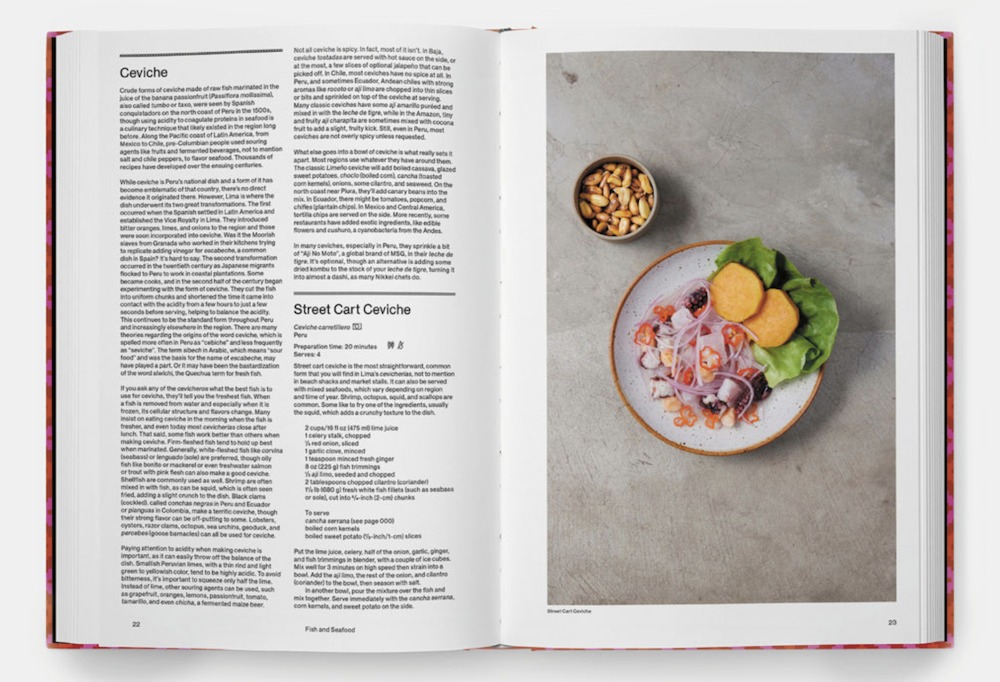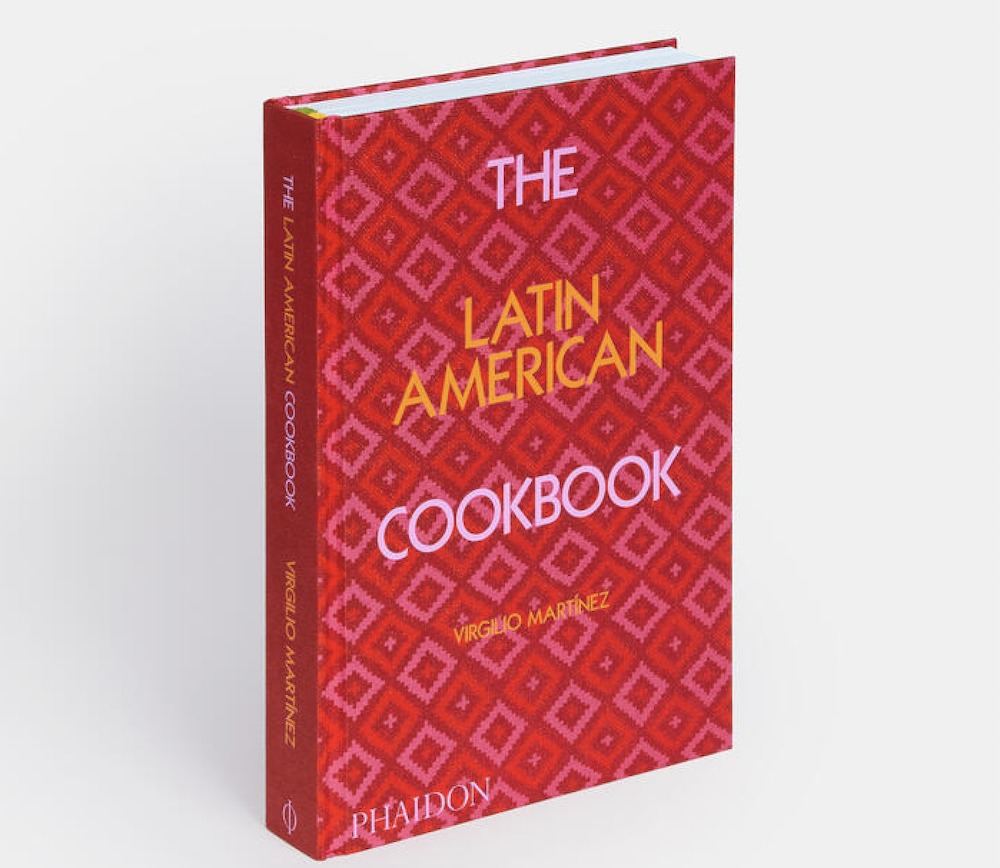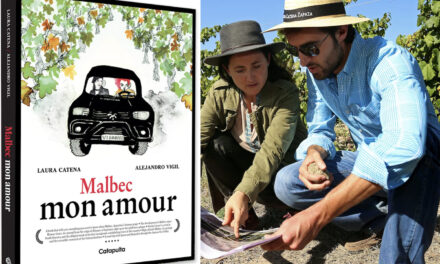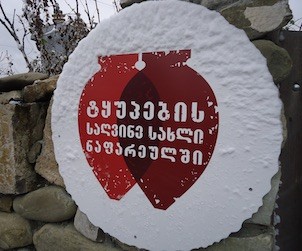
Covering some 22 countries over 600 recipes, The Latin American Cookbook (Phaidon) is an encyclopedic (and yet relatively compact and dense) tome that places much of its painstaking focus upon the unique origins, evolutions, and terroirs responsible for each of the ingredients and dishes contained within, giving respectful (and much overdue) credit to the influence of Indigenous peoples before the European occupations.
Penned and compiled by piranha-smuggling chef Virgilio Martínez (of Peru’s Central Restaurante) alongside a sizeable battalion of collaborators drawn from the length and breadth of Latin America, this is an (almost) exhaustive testament to the expansive palette of ingredients of this thrillingly biodiverse continent, and this all makes complete sense seeing as Martínez is also the managing director of Peru’s Mater Iniciativa, an interdisciplinary association centre which extensively researches and catalogues native ingredients and their origins; it’s wonderful to watch him open up this academic study to the continent as a whole.
Split into chapters based around “food groups” (Breads and Baked Goods, Sandwiches, Grains, Quinoa, and Amaranth, Roots and Tubers, Corn, Garden Vegetables, Beans and Lentils, Fruit, Dairy and Eggs, Fish and Seafood, Beef, Pork, Native Meats and Insects, Poultry, Lamb and Goat, Sweets, Drinks, Salsas and Condiments), it’s a fairly accessible book as a whole, however sourcing some of the more obscure ingredients may prove to be a little tricky for the average home cook outside of Latin America. In saying that, I’m pretty sure that most decent pet stores have a healthy supply of guinea pigs, although I guess one could substitute squirrel if one were looking for more of a free-range option. Large-bottomed leafcutter ants may prove themselves to be a tad more elusive. The rather excellent introduction speaks to many of the ingredients being country/region/culture specific, and actively encourages exploration with substitutions
Slightly culturally inappropriate (for some) dishes aside, the detailed recipes contained within cover a vast and vibrant spectrum of aromatics, flavours, and textures, and it’s just a pity that much of the top-down photography of the dishes themselves is altogether uninspiring when compared to the, quite honestly, mouthwateringly detailed prose cushioning the meat of the recipes; there is some exquisitely romantic storytelling at play here, and the book is all the richer for it. The chapter introductions are a real delight to read, with Corn being a particular standout.
Many, iconic Latin American dishes (ceviche, tamales etc.) often have a multitude of regional variations upon a theme, and this is something that the The Latin American Cookbook covers extremely successfully. From start to finish it reeks of unbridled authenticity, with the recipes all leaning towards traditional home cooking and tavern food rather than more contemporary trends. Strangely enough, I could find no reference to any dishes, preparations, or ingredients from Dominica, Cuba, or Puerto Rico… surely a bit of oversight there, but perhaps this is to be expected with such an undeniably ambitious project.
All in all, this is a superb cookbook as well as being a truly terrific read.
![]()
(Four and a half apples out of a possible five)






